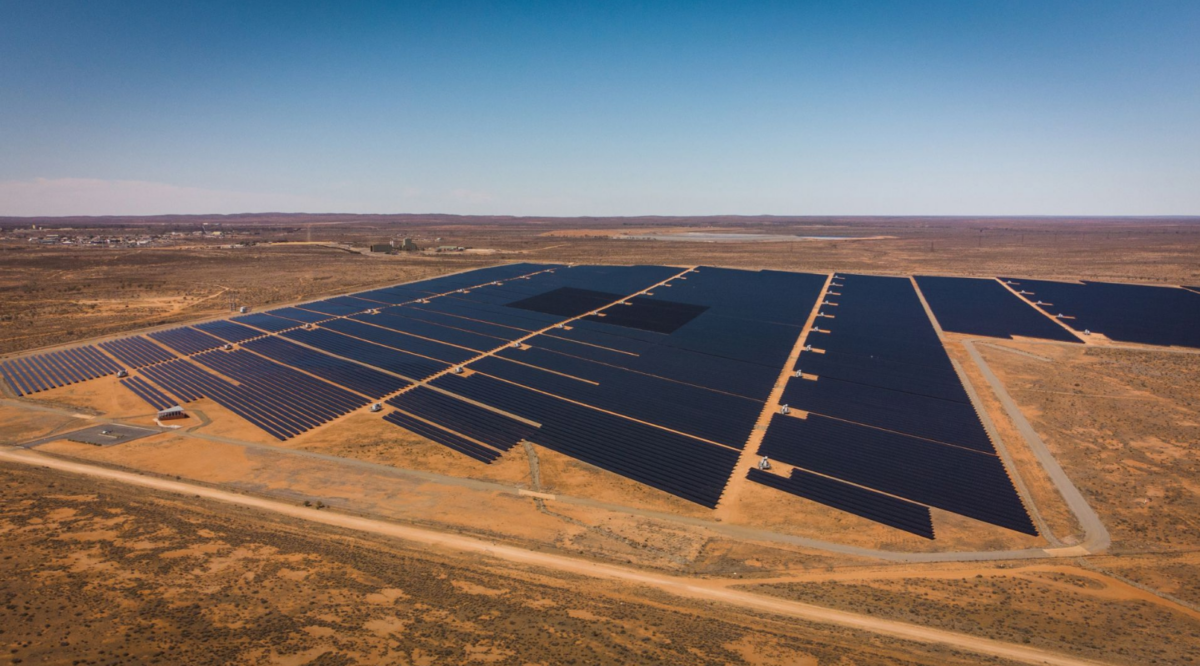Northern Territory (NT) Chief Minister Eva Lawler has been quoted saying it’s possible the Territory government could purchase the Manton Dam, Batchelor and Katherine solar farms owned by Eni Australia in a move that would finally bring them online.
The Australian arm of Italian oil major Eni owns a 25 MW facility near Katherine, and two 10 MW solar farms at Batchelor and Manton, south of Darwin.
The Katherine solar farm, that is coupled with a 6 MW battery, has been exporting at about 25% generation capacity but the other two facilities remain idle more than two years after construction finished.
Victoria-based Merricks Capital also has a 10 MW facility at Batchelor that is yet to commence operations.
The commissioning delays have been attributed to the NT government-owned Power and Water Corporation’s generator performance standards with the corporation having expressed concerns that the facilities’ output could destabilise the Darwin-Katherine grid.
Lawler, who has been quoted by the ABC saying that the government purchase of the solar farms is a “possible option”, was quizzed during a recent parliament session about the NT government’s negotiations with Eni to purchase the solar farms.
“Whether the Northern Territory government is in negotiations to purchase the solar farms is not a question to be discussed here,” she said. “It is making sure we can get to 50% renewables, and we want all the solar farms up and running and providing energy into the grid as we have that target.”
The NT government has set a target for half of the Territory’s total energy needs to be met by renewable energy sources by 2030 but it has a lot of work to do. Federal government figures show renewables account for less than 10% of the primary energy mix in the NT with gas and oil delivering the remainder.
While neither denying nor confirming negotiations about the purchase of the idle solar farms, Lawler said the issue involved the Office of Sustainable Energy working with Eni to commission the facilities.
“The Katherine Solar Farm has reached this stage and has been generating about 25% of power to go into the grid,” she said, adding that “it is important to have stability of the grid.”
“All power generators across Australia have been working to maintain that,” Lawler said.
“They need to provide spinning reserves to keep the grid stable and provide information to system control so that system control knows how much power is coming in from the solar farms, it needs to manage that in a stable way.”
The Territory has made moves to support further uptake of solar in the jurisdiction with the installation of the 35 MW/35 MWh Darwin-Katherine Battery Energy Storage System that is now undergoing testing before coming online later this year.
It has also announced plans to deploy a second large-scale battery system that will involve building a series of smaller batteries at various sites across Darwin and Katherine to further improve resiliency.
Government-owned energy retailer Jacana Energy has also called for the supply of up to 100 MW of large-scale solar.
The project, which involves three projects between 30 MW and 35 MW each, with a criterion that they must include a 10 MW / 10 MWh battery to comply with local grid dispatch rules, is expected contribute as much as 15% towards the NT government’s renewable energy target.
This content is protected by copyright and may not be reused. If you want to cooperate with us and would like to reuse some of our content, please contact: editors@pv-magazine.com.








2 comments
By submitting this form you agree to pv magazine using your data for the purposes of publishing your comment.
Your personal data will only be disclosed or otherwise transmitted to third parties for the purposes of spam filtering or if this is necessary for technical maintenance of the website. Any other transfer to third parties will not take place unless this is justified on the basis of applicable data protection regulations or if pv magazine is legally obliged to do so.
You may revoke this consent at any time with effect for the future, in which case your personal data will be deleted immediately. Otherwise, your data will be deleted if pv magazine has processed your request or the purpose of data storage is fulfilled.
Further information on data privacy can be found in our Data Protection Policy.